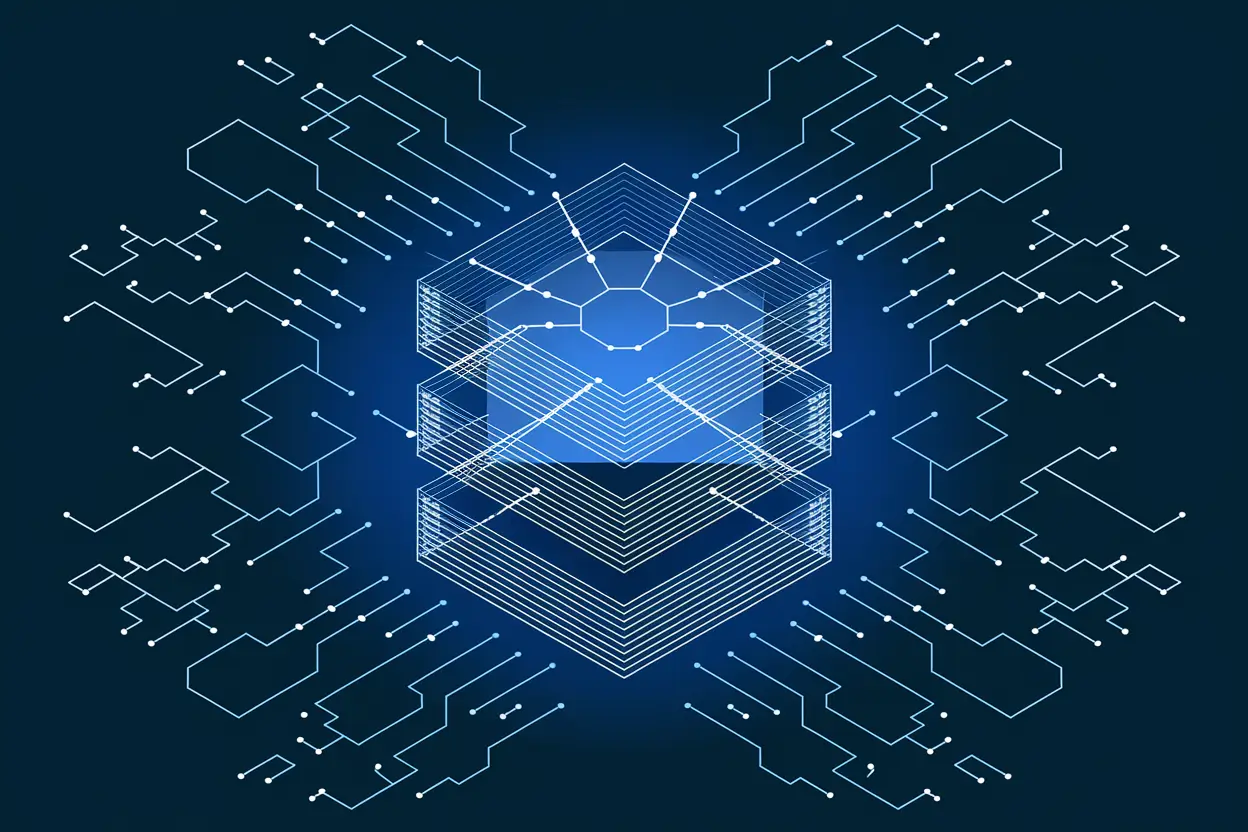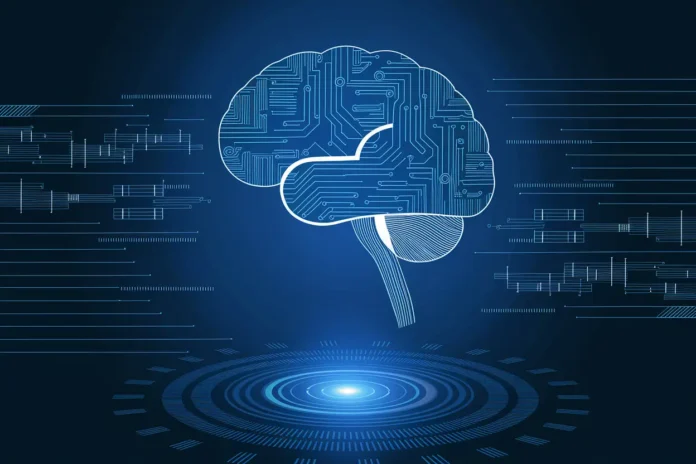Artificial Intelligence is a transformative field of computer science that enables machines to exhibit capabilities traditionally associated with human cognition. From automating mundane tasks to making complex decisions, artificial intelligence encompasses a range of technologies including machine learning and deep learning that are driving innovation across industries.
Understanding Artificial Intelligence
Artificial Intelligence (AI) is the broadest concept in the ecosystem of smart computing. It focuses on building systems that can reason, learn, and adapt based on inputs and experiences. AI includes everything from rule-based systems that follow predefined logic to systems powered by learning algorithms. This umbrella term is responsible for enabling machines to see (computer vision), understand speech (natural language processing), and make intelligent decisions.
How Artificial Intelligence Powers Technology
Today, artificial intelligence is at the core of applications ranging from healthcare diagnostics to autonomous vehicles. It mimics human decision-making through methods like logic rules, statistical patterns, and neural networks. This ability empowers industries to solve complex problems faster and more efficiently than ever.
Artificial Intelligence vs Machine Learning
While artificial intelligence is the overarching concept, machine learning (ML) is a subfield of AI. ML focuses on developing algorithms that learn from data over time. Unlike rule-based AI systems, machine learning doesn’t rely on hardcoded logic but evolves by analyzing patterns within data.
- AI: Includes logic and decision trees
- ML: Computes decisions by learning from datasets
Artificial Intelligence and Deep Learning
Another critical branch under artificial intelligence is deep learning (DL). It takes machine learning a step further by using multi-layered neural networks capable of processing vast amounts of unstructured data such as texts, images, and video. DL models are ideal for natural language processing and visual recognition tasks.
Types of Machine Learning in Artificial Intelligence
Supervised Learning
This involves algorithms learning from labeled datasets. The model identifies the relationship between inputs and outputs to predict results. An example includes fraud detection in banking applications.
Unsupervised Learning
In this approach, the algorithm analyzes unlabeled data to discover hidden patterns. This is used in tools such as market basket analysis or customer segmentation platforms.
Reinforcement Learning
This technique enables a system to learn through trial and error, receiving feedback in the form of rewards or penalties. Reinforcement learning is integral to robotics and real-time strategy games.
Key Characteristics of Deep Learning in Artificial Intelligence
Deep learning brings multiple advantages to artificial intelligence developments:
- Automatic Feature Extraction: Automatically identifies useful patterns within data without manual intervention.
- Scalability: Highly effective when trained on large datasets.
- High Computation: Requires high-end GPUs for training complex models.
Pros and Cons of Artificial Intelligence in Real Use
Pros
- Enhances productivity by automating workflows
- Reduces human errors in repetitive tasks
- Provides 24/7 availability through bots and systems
Cons
- High initial setup and maintenance costs
- Can lack explainability in complex models
- Risk of job displacement in certain industries
Real-World Applications of Artificial Intelligence
The impact of artificial intelligence spans across multiple industries:
- Healthcare: AI-powered diagnostics and robotic surgeries
- Retail: Personalized shopping experiences
- Transportation: Self-driving vehicles using autonomous navigation
- Finance: Algorithmic trading and fraud detection
Artificial Intelligence in Natural Language Processing
Thanks to artificial intelligence, machines understand human languages better than ever. Chatbots, email filters, and translation software leverage NLP (Natural Language Processing) to interpret context, sentiment, and grammar seamlessly.
Latest Trends in Artificial Intelligence
Innovation in artificial intelligence is progressing rapidly. Some of the key trends include:
- Explainable AI: Efforts to make model decision-making transparent
- AutoML: Automating machine learning pipeline creation
- Federated Learning: Training models across decentralized devices for data privacy
- Few-Shot Learning: Teaching models with minimal examples
Implementing Machine Learning Under Artificial Intelligence
To embed machine learning within your artificial intelligence solutions, follow these steps:
- Define the problem: Classification, regression, clustering, etc.
- Choose the right algorithm: Decision trees, random forests, or SVM depending on data type
- Preprocess the data: Clean, normalize, and engineer features
- Train your model: Use training datasets to improve predictions
- Evaluate performance: Use metrics like accuracy, precision, recall

Deep Learning Code for Artificial Intelligence
A simple yet powerful way to implement deep learning under artificial intelligence solutions is via Python. Below is a sample code snippet using Keras:
from keras.models import Sequential from keras.layers import Dense model = Sequential() model.add(Dense(units=64, activation='relu', input_dim=100)) model.add(Dense(units=64, activation='relu')) model.add(Dense(units=10, activation='softmax')) model.compile(loss='categorical_crossentropy', optimizer='sgd', metrics=['accuracy']) model.summary()
Comparison Table: AI, ML, and DL
| Aspect | Artificial Intelligence (AI) | Machine Learning (ML) | Deep Learning (DL) |
|---|---|---|---|
| Definition | Simulates human intelligence | Learns from data patterns | Neural networks with big data |
| Data Requirements | Varies | Structured Data | Large and unstructured |
| Human Intervention | High | Moderate | Low |
| Computational Needs | Low to high | Moderate | High |
| Applications | Chatbots, automation | Recommendation engines | Vision and language tasks |
Common Mistakes While Using Artificial Intelligence
- Overfitting: Happens when a model fits too well to training data and performs poorly on new data
- Underestimating data needs: Many underestimate how much data training deep learning models actually requires
- Ignoring bias: Training on biased data sets can lead to discriminatory AI decisions
Future of Artificial Intelligence in Everyday Life
From smart homes to intelligent healthcare, artificial intelligence is set to become even more embedded in our lives. Predictive features in smartphones and automated checking in airports are early signs of this future. More ethical, explainable, and privacy-conscious AI systems will gain traction as regulations become stricter.
Conclusion: Navigating the World of Artificial Intelligence
Artificial Intelligence is not a buzzword — it’s a transformative force shaping the future of human-machine collaboration. Understanding its components such as machine learning and deep learning enables individuals and businesses to adopt the right technologies for the right tasks. As computing power grows and data abundance continues, AI’s evolution is positioned to revolutionize how we interact with the world.
FAQs about Artificial Intelligence
What is the main difference between AI and ML?
AI is the broader concept of simulating human intelligence, while ML is a method that allows systems to learn from data.
Is deep learning always better than machine learning?
Not always. Deep learning is better for large, unstructured data problems, whereas ML works well with smaller datasets and structured data.
What industries use artificial intelligence the most?
Healthcare, finance, automotive, retail, and customer service industries are leading adopters of AI technologies.
Do you need to know programming for AI?
Yes, at least basic programming knowledge, especially in Python, is helpful for implementing AI models.
Is AI going to replace jobs?
AI will automate some jobs but also create new ones. Adaptability and reskilling are key for future readiness.



